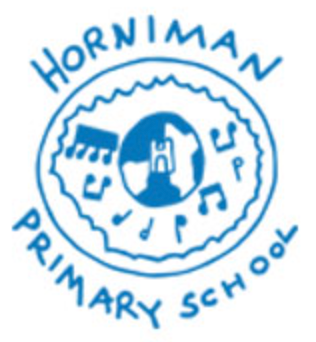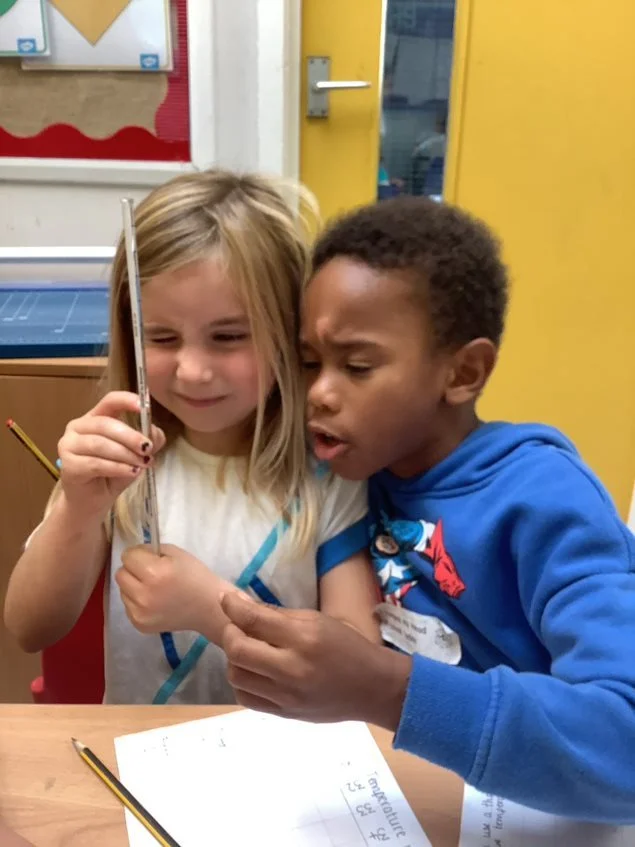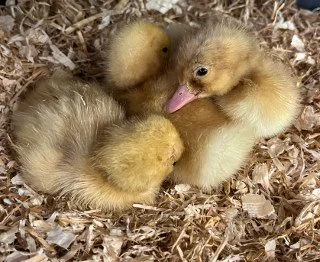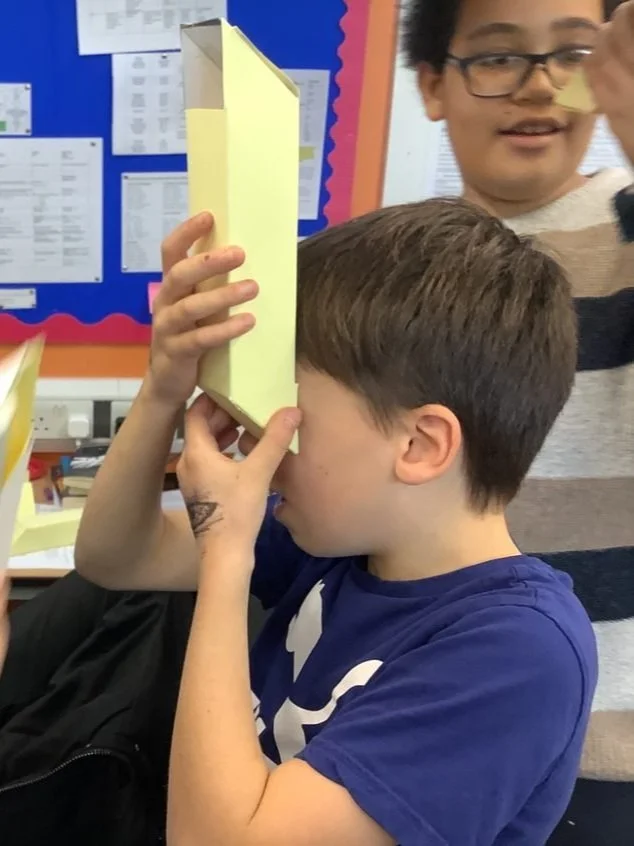Science at Horniman
Science at Horniman
At Horniman Primary School, we want all of our children to believe that they have the power to change the world around them. Our Science curriculum draws on the stories of famous and diverse scientists and the discoveries they have made. We recognise that Science and our understanding of the world has changed over time, and will continue to change.
Children at our school are encouraged to ask questions about their environments and experiences, and consider how they could find out more. We use Science learning to promote curiosity, criticality, independence of thought and understanding of different viewpoints.
Children are able to make use of our extensive grounds to explore the natural environment, especially in the summer months. All year groups have dedicated Outdoor Learning time built into our Science curriculum planning, so all children are given the opportunity to engage in nature and get their hands dirty.
Our curriculum structure follows the National Curriculum for Science, and is designed to be engaging, exciting, and promote skills alongside knowledge. Each year, children have one half-term dedicated to building understanding of the skills scientists embody and exploring their own areas of interest within the curriculum.
-
Understanding the World
Children in Reception have the opportunity to explore the natural environment and ask/answer questions about their observations. Adults encourage children to make their own investigations to find out more, and talk about significant scientific figures from history. Children visit our chickens and observe ducklings hatching in the summer term, understanding that living things follow a life cycle.
-
Autumn 1: Being a Scientist
What do scientists do? How can I think like a scientist?
Autumn 2: Animals including Humans
How are different animals structured? How can we categorise different types of animals?
Spring 1: Animals including Humans
What are the five senses? Which body parts do we use to make sense of the world?
Spring 2: Materials
What is a material as opposed to an object? How do they differ from each other? How do their different properties make them useful for different purposes?
Summer 1: Plants
How are different plants structured? What is the difference between deciduous and evergreen trees?
Summer 2: Seasonal Change
How do day length and weather change over the year? Which seasons are associated with different events?
-
Autumn 1: Scientific Equipment
What do scientists use to help them answer questions? How do you take accurate measurements? How can we record our findings?
Autumn 2: Animals including Humans
What things are needed for life? How can humans look after their bodies? What is the importance of diet, exercise and hygiene?
Spring 1: Materials
Which materials are most suited for different purposes? How can materials be changed?
Spring 2: Plants
How do seeds grow into mature plants? What is needed for plants to be healthy?
Summer 1&2: Living Things and their Habitats
How do different habitats meet the needs of the living things there? What is a food chain, and how do these link to habitats? What is our local habitat, and what might we find living there?
-
Autumn 1: Animals including Humans
Why do humans and other animals have skeletons and muscles? What does good nutrition look like for humans?
Autumn 2: Rocks and Soils
How are different types of rocks recognisable? How are rocks formed? What is a fossil? How is soil formed?
Spring 1: Light
What is darkness? How does light travel? How are shadows formed? How can I look after my eyes?
Spring 2: Forces and Magnets
What is a force? How do different surfaces affect the movement of an object? How do the poles of magnets affect what effect they have on different objects?
Summer 1: Plants
What role do the different parts of plants play? How is water transported through plants? What does the life cycle of a plant look like?
Summer 2: Child-Led Investigation
Children will agree on a topic to investigate, design and complete a test, and present their findings to the class.
-
Autumn 1: Electricity
What is needed to make a lightbulb light up? Which materials make good conductors and insulators?
Autumn 2: Being a Scientist - Child-Led Investigation
Children will agree on a topic to investigate, design and complete a test, and present their findings to the class.
Spring 1: Animals including Humans
How can we categorise animals according to what we eat? Why do we have different kinds of teeth? How does digestion happen in humans?
Spring 2: Living Things and their Habitats
How could living things be grouped in different ways? What are classification keys? How does environmental change affect living things?
Summer 1: Sound
How does sound get from its source into our ears? Why do pitch and volume vary?
Summer 2: States of Matter
How does the state of a material change when it is heated or cooled? What is the boiling/freezing point of different materials? How does this impact the world’s water cycle?
-
Autumn 1: Forces
Why do objects fall towards the Earth? How do different forces act between moving objects? What are levers, pulleys and gears and what do they have to do with forces?
Autumn 2: Properties and Changes of Materials
What is a solution? How can I recover a dissolved substance by filtering, sieving or evaporating? What are reversible and irreversible changes?
Spring 1: Earth and Space
How do the planets relate to the Sun in our solar system? How does the moon move around the Earth? Why does the Sun appear to rise and set?
Spring 2: Living Things and their Habitats
How do life cycles vary between mammals, amphibians, insects and birds? How do different plants and animals reproduce?
Summer 1: Animals including Humans
How do humans change throughout their lives? What changes happen during puberty? What happens during pregnancy?
Summer 2: Being a Scientist - Child-Led Investigation
Children will agree on a topic to investigate, design and complete a test, and present their findings to the class.
-
Autumn 1: Animals including Humans
What is the circulatory system and how should we look after our own? How are water and nutrients transported around human bodies?
Autumn 2: Light
How does light travel? Why do shadows mimic the shape of the object they are cast from?
Spring 1: Electricty
How does the voltage in a circuit impact the intensity of the component’s response? How do scientists represent electrical circuits in planning?
Spring 2: Evolution and Inheritance
Why do children look like their parents? How have animals changed over time? How are animals suited to their habitats? Who was Charles Darwin? Who was Mary Anning?
Summer 1: Living Things and their Habitats
How are animals classified? Who was Carl Linnaeus?
Summer 2: Being a Scientist - Child-Led Investigation
Children will agree on a topic to investigate, design and complete a test, and present their findings to the class.





